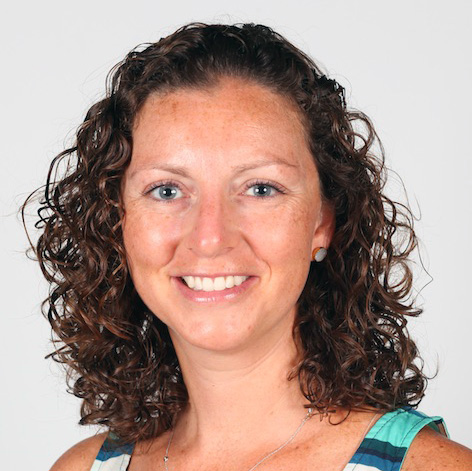“Teachers who are well versed in a variety of team structures can create skillful lessons that engage and enlighten their students.” - Spencer Kagan
Strategies, known as Kagan Structures, can be used to increase student engagement. These structures stem from a core philosophy that if students are given a purposeful structure with which to engage in their learning, they are supported in their ability to grow as a thinker and learner in any content area.
Kagan Structures all rely on core belief systems that enforce:
- frequent processing*
- teambuilding and classbuilding* and
- students teaching students*
* Three fundamental ideas taken from Kagan Cooperative Learning about what structures bring to your classroom.
Meredith Pettersch

Meredith Pettersch taught high school math for 14 years in Denver, Colorado, U.S.A. before moving to Minsk, Belarus 1.5 years ago to begin an international adventure with her family.
She is currently teaching 11-year-old Math, Literature, Writing and Cultural Studies as well as 13-year-old Math and High School Economics and World Governments. In her career, she has mentored teachers through the Boettcher Teacher Program, a teacher residency program in Denver and was given release time to practice Cognitive Coaching with both veteran and novice teachers.
At the center of her teaching philosophy is that every life experience is a learning opportunity. Meredith takes this philosophy into her classroom daily where she models transparency and learning alongside her students. Her students are at the center of her classroom instruction talking and processing material with others. Kagan Cooperative Learning strategies provide a structure with which to engage her students in the learning process. This session will provide its participants with background knowledge about what Kagan Cooperative Learning is and teachers will walk away with five structures to apply to their classrooms tomorrow.